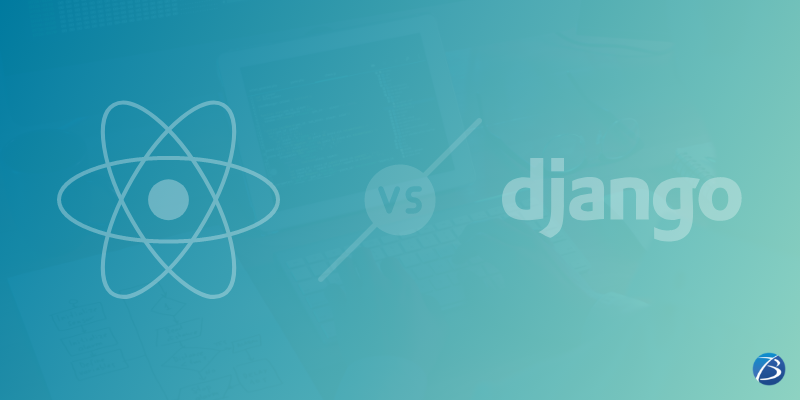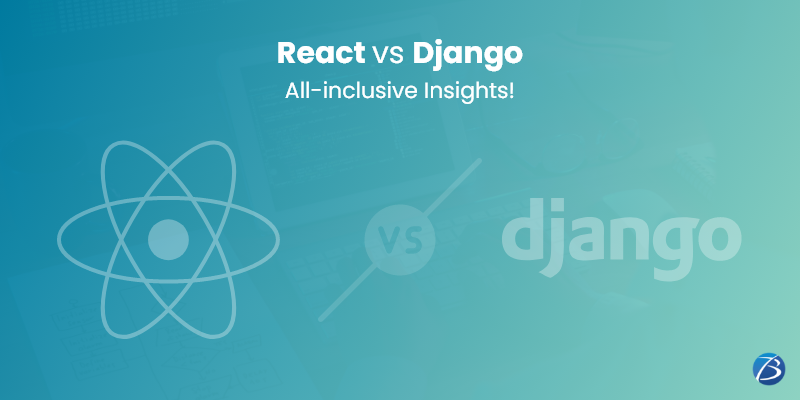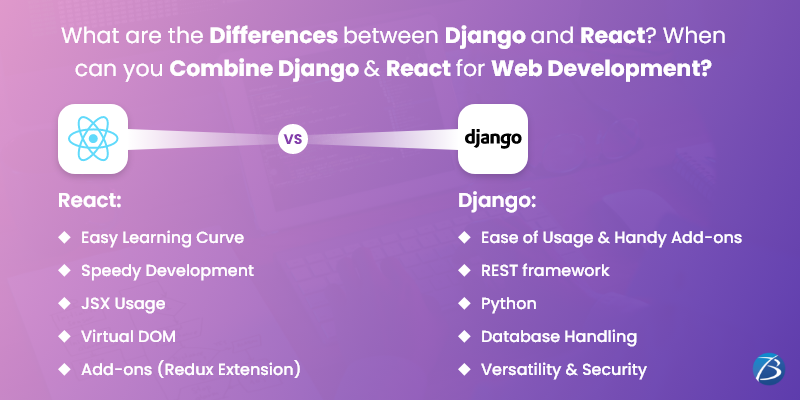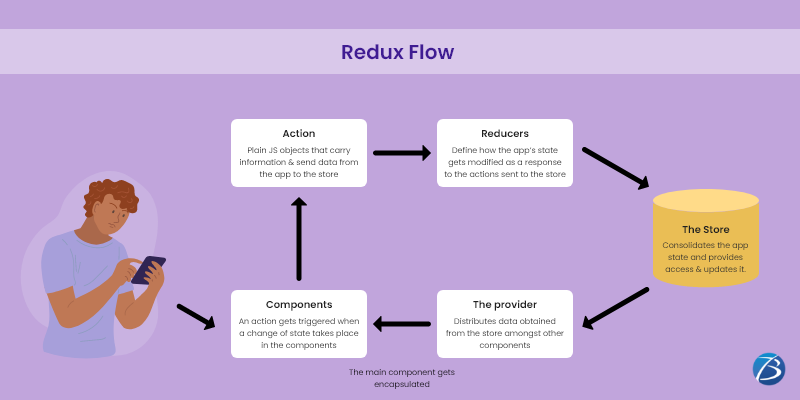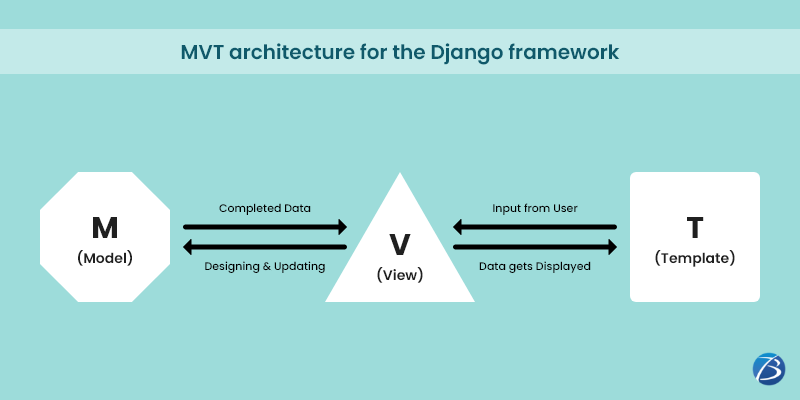An Overview on Development of Video Consultation Healthcare App in React Native Using Twilio
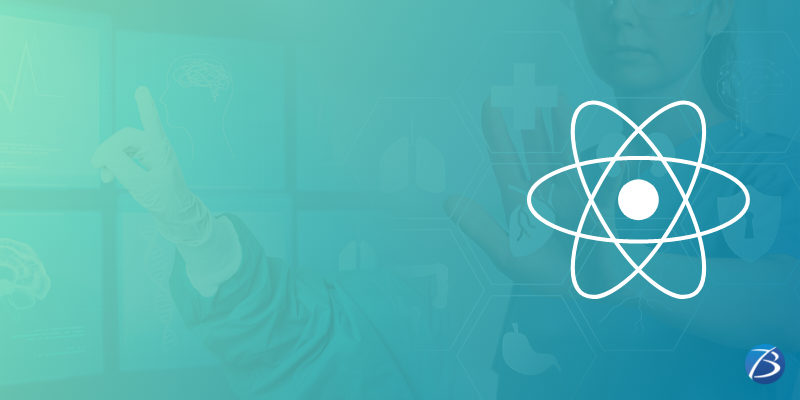
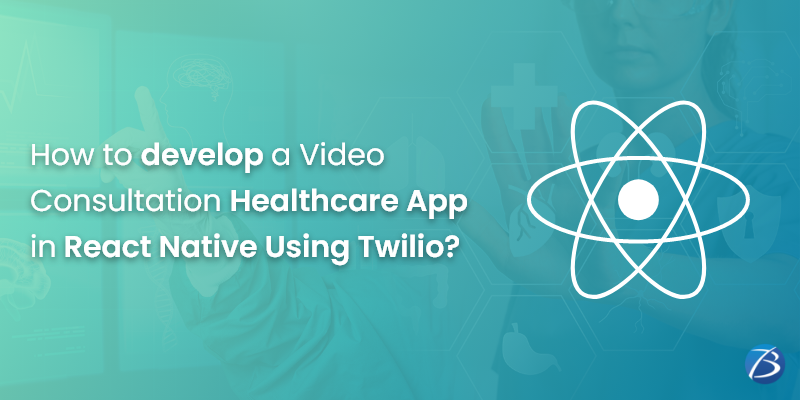
Since the introduction of mHealth apps, healthcare organizations have witnessed a sea-change in the way patients relate to doctors. Now the patients have more control over their medical decisions and the overall system has become more patient-centric. Owing to this, a variety of mHealth apps have emerged in the market and a video consultation healthcare app is one such innovation. Such an app enables the patients and doctors to communicate instantly in case of an emergency or at times when it is not possible to visit the hospital. The doctors can send e-Prescriptions via online channels and provide medical assistance. So, offering customers the facility of a video calling healthcare app can always be a lucrative decision for any medical body or even an individual practitioner.
Today’s topic is about creating a video consultation healthcare app. We will consider the React Native framework for this purpose since React Native development services are a perfect pick for developing native-like cross-platform apps. Also, we will talk about Twilio as a cloud communications platform that is being widely used in video calling apps. Let’s get started with exploring the importance of a video calling healthcare app and understanding what Twilio is. Thereafter, we’ll discuss the process of how to create the app.
The importance of the Video Calling Feature in a Healthcare App
The video calling feature is indeed a revolutionary offering! It elevates patient-doctor communication to the next level in a telemedicine application. The video conferencing approach offers an in-person-like doctor consultation experience to the patients availing of online healthcare services. This way, medical service providers can reach out to a greater number of patients regardless of their location. Also, patients need not take the effort to pay a visit to the clinic for minor ailments or follow-up doctor consultations. Hence, a video calling healthcare app is preferred by modern-day customers.
What Is Twilio?
Twilio is an American cloud-based service or cloud communications platform as a service (CPaaS). It acts as a powerful communication tool and bridges the gap between various mobile devices, other systems, services, etc., and telephony. In React Native development, APIs offered by Twilio enable the developers to implement several communication services like making and receiving audio/video phone calls, sending and receiving text messages, etc. These services also include AI bots, emails, etc. In this process, in addition to audio/video calling, other features like account recovery, phone verification, in-app calls or in-app chats, etc. can also be worked upon.
To integrate Twilio into the app, React Native developers will need existing knowledge on Twilio, Cocoapods, React Native Navigation, React, etc.
Here Are A Few Top Benefits of Using Twilio
- Twilio is quite easy to learn and so, there are a plethora of developers available.
- It follows a standard method of communication: HTTP.
- Switching between technologies is also much easier.
- Owing to Platforms as a Service (PaaS), capital costs are somewhat lower. Even the deployment costs are lower and they increase gradually as the company grows.
Key Steps for Creating a Video Calling Healthcare App in React Native Using Twilio WebRTC
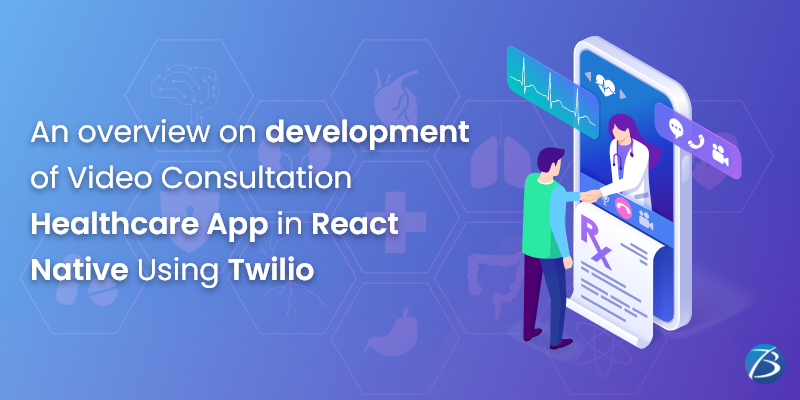
While using Twilio WebRTC for the video calling healthcare app, React Native app developers should follow the step-by-step procedure as given below. This procedure is divided into two major parts where the first part is about generating a token using Twilio and the second part talks about installing dependencies using a React Native starter kit. Also, we will consider a React Native Android app for now. So, let’s get started with the first part.
Part 1: Token Generation With Twilio
Twilio provides both IOS/Android SDKs and JavaScript. But for React Native, Twilio does not provide any direct support. So, the React Native developers can use the JavaScript SDK for a few services but this isn’t possible for other services, because to a great extent it depends on browser APIs. There is one more alternative and that would be by porting the native Android/IOS SDK to React Native. So here, we have used this combination: Twilio Video (WebRTC) for React Native.
Firstly, create an account on https://www.twilio.com/. Sign-up for a trial and verify your credentials such as phone number, email, etc. You will now be directed to the Dashboard.
You will need an ACCOUNT SID along with an API key and a Secret key for generating a token. For generating an API key, navigate to API keys through the settings. The creation of the API key here will give both the Secret key and the API key. It is now possible to generate a token by using npm install which uses npm package. The tokens can also be generated in multiple languages as well. The identity value should be changed for every token as the same token cannot be used at different places.
There is one more way to create a token by the use of Twilio tools. Click on Twilio tools and write an identity and a room name. This will generate the access token. Securely save these keys for the later part.
The Twilio part of the video consultation healthcare app ends here. Now let us start with the React Native development part.
Part 2: Installing Dependencies Using a React Native Starter Kit
Here we will be using React Native starter kit that can be copied from the GitHub link- https://github.com/flatlogic/react-native-starter. You need to run the command- “npm install https://github.com/blackuy/react-native-twilio-video-webrtc –save” in the terminal project directory and then write the required code in App.js file.
Make sure that all the required dependencies are installed by the execution of the command- “npm install” in the project directory. Also, you need to make some configurations for utilizing Twilio and also use audio, camera, etc.
For making the goto Android folder, you should add the following code lines in settings.gradle file-
include ‘:react-native-twilio-video-webrtc’
project (‘:react-native-twilio-video-webrtc’).projectDir = new File (rootProject.projectDir, ‘../node_modules/react-native-twilio-video-webrtc/android’)
Now, go to Android > app > build.gradle file and search for dependencies. After that, add the below-mentioned code in the block.
compile project (‘:react-native-twilio-video-webrtc’)
Also, add the below-mentioned code in Android > app >SRC> main >JAVA> com > reactnativestarter > MainApplication.java
import com.twiliorn.library.TwilioPackage;
After this, replace the getPackages() method with the required code.
Now for requesting the permissions from the user, it is essential to modify AndroidManifest.xml by adding the required code in this file. Also ensure that in your Twilio account, the client-side room creation is enabled.
Running The Application
Finally, when all the steps are implemented and the code is executed, run your React Native healthcare app by the execution of the command- “react-native run-android” from the terminal window.
Final Verdict:
Here we have developed a simple React Native app to demonstrate the video-calling capability of Twilio. But we just need to remember that a few things like user connections, user access token generation, room creation, etc. must be very diligently handled on the backend.
Would you like to develop a Video Calling healthcare app with Twilio implementation in React Native as outlined above? We hope the aforesaid steps will be helpful to React Native developers. However, creating a video app in React Native using Twilio and crafting a healthcare app in general, involve a lot of complexities and compliances to be followed. For any technical assistance in creating a customized doctor-on-demand video consultation healthcare app, avail of professional services. We are an experienced and competent React Native app development company in USA and India with 12+years of experience in this domain. We’ve created success stories for many businesses around the globe.

